




- BRNN
- BRI News
- BRNN News
- Database
Official Documents Polices and Regulations
Inter-government Documents International Cooperation BRI Countries
Business Guide Economic Data BRI Data
Trade
Investment Projects Latest projects
Cases - Content Pool
Many people must have heard about Chairman Mao Zedong's assertion that "imperialism and all reactionaries are paper tigers". This famous statement served as an inspiration to the Chinese people, boosted their confidence in victory, and played a most significant role in the People's War of Liberation. It owes its publicity to an American journalist, Anna Louise Strong, thus nicknamed the Paper Tiger Lady.
Strong visited China in 1925, 1927 and 1937. In China's Millions, One-Fifth of Mankind, and other books inspired by her visits, Strong told the world how the Kuomintang (KMT) reactionaries betrayed the revolution and suppressed the workers' and peasants' movement, a movement that she hailed as a single spark that could start a prairie fire for the revolution.

China’s Millions
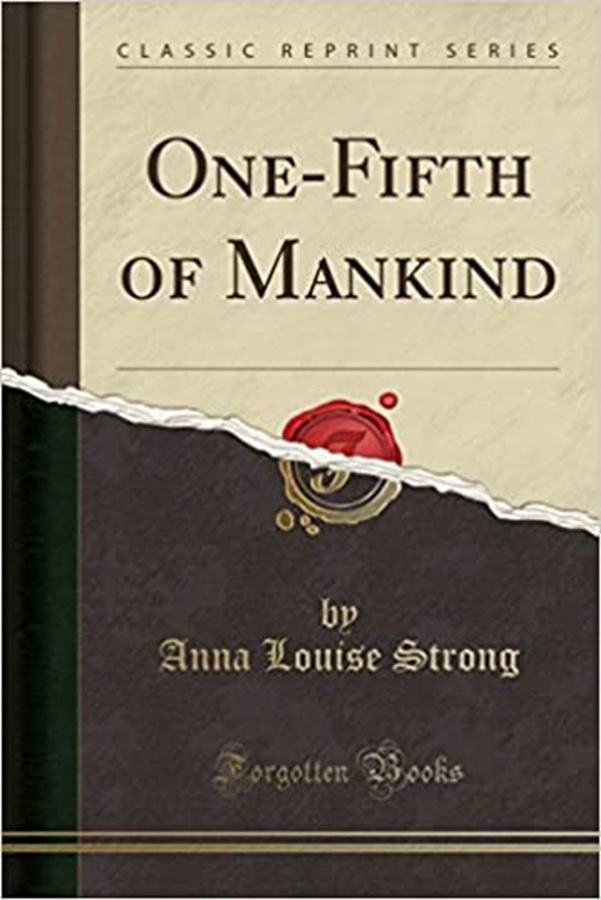
One-Fifth of Mankind
At the end of December 1940, the 55-year-old Strong set foot in China for the fourth time. She continued to follow the revolution and went to Chongqing, the wartime capital. The situation there was more tense than it was known to the outside. The KMT reactionaries would soon stage the South Anhui Incident to sabotage the anti-Japanese united front and step up their anti-Communist campaign.
The moment Strong got off the plane, her journalistic instincts alerted her to the stifling atmosphere in Chongqing. Through meetings with UK Ambassador to China Sir Archibald Clark Kerr and other international friends, she learned that the Communist Party of China (CPC) had encountered many difficulties in the united front and that Chiang Kai-shek was about to strike at a well-established military unit of the CPC that was fighting the Japanese in areas south of the Yangtze River.
When Zhou Enlai heard that Strong was in Chongqing at this critical juncture, he invited her over for long talks that lasted several nights in a row. Zhou told Strong that over the past two years, the relationship between the CPC and the KMT had become increasingly tense and that Chiang Kai-shek's generals had provoked one conflict after another. Zhou also told Strong in detail about the KMT's scheme and gave her a 26-page document along with supplementary materials. On behalf of the CPC Central Committee, Zhou solemnly asked Strong to make it public to the world when the time is right. Strong accepted the mission and regarded it as a special honor.

Zhou Enlai and Anna Louise Strong in Chongqing
On her way back to the United States, Strong learned via radio that the South Anhui Incident had taken place. In early February 1942, she received an anonymous air letter from Manila saying that the time had come for her to publish what she knew. Attached to the letter were the full text of the CPC's official order to re-organize the New Fourth Army and the official statement of the spokesperson of the Revolutionary Military Commission. The statement listed a 15-point conspiracy plan by pro-Japanese elements in Chongqing aiming to include China in the Nazi-fascist Axis.
Strong quickly sent the materials to the North American Press Alliance for publication, and wrote a commentary upon request. At that time, many American news agencies and newspapers would choose not to publish anything in favor of the CPC, even if that meant missing an exclusive scoop.
Yet Strong was not someone who would give up easily. She fulfilled her mission despite the difficulties. With the help of friends, she got the information published in the New York Herald Tribune, giving a detailed account of what led to the conflicts in southern Anhui and between the CPC and the KMT, and who was the real troublemaker. The compelling evidence provided by Strong sent shock waves among the Americans, political leaders and the general public alike. It busted the lies fabricated by the KMT and revealed the truth as it was, winning public support for the CPC from around the world.
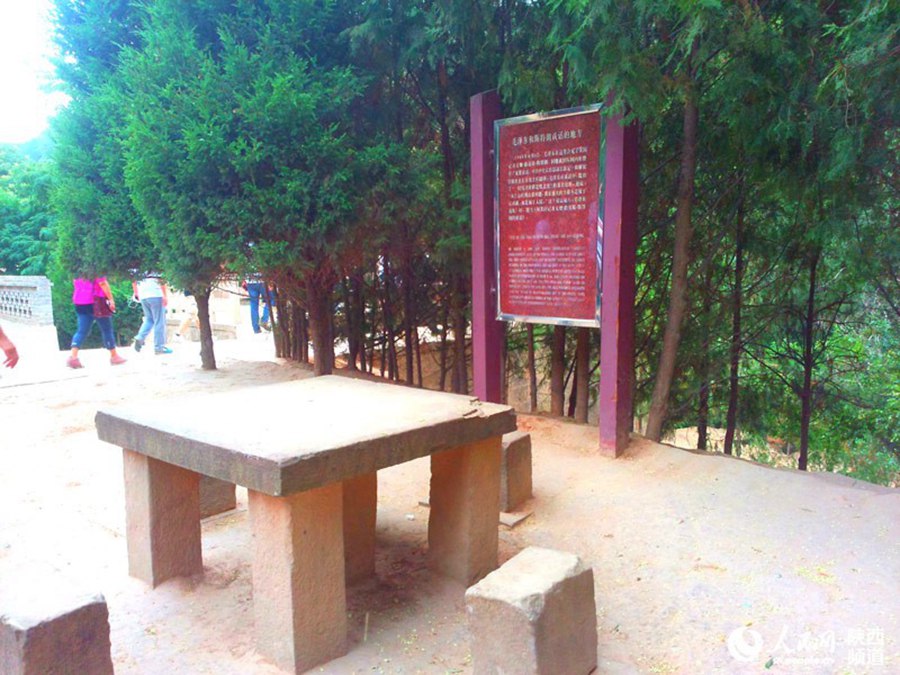
Yangjialing Revolutionary Site in Yan’an, where Mao Zedong talked with Anna Louise Strong in 1946
After China won the War of Resistance against Japanese Aggression, Strong paid her fifth visit to China in June 1946. By a stone table in Yangjialing, Yan'an, She met Mao Zedong. They talked about the developments in the civil war and about the United States, which supported Chiang Kai-shek. Strong asked a difficult question, "Suppose the United States uses the atom bomb?" Mao paused for a moment before he replied firmly, "The atom bomb is a paper tiger which the US reactionaries use to scare people. It looks terrible, but in fact it isn't." Failing to find an English equivalent for paper tiger, the interpreter translated it as scarecrow, following a similar analogy Lenin had made. Strong did not get it. George Hatem,the well-respected doctor known to the Chinese as Ma Haide, was also present. "No, it's not scarecrow," he said. "Should be paper tiger." Mao liked this translation. "A paper tiger is not something dead to scare crows. It scares children. It looks like a terrible tiger but actually, being made of pressed paper, it softens when damp and is washed away in a heavy rain," he explained. "All reactionaries are paper tigers. In appearance, the reactionaries are terrifying, but in reality, they are not so powerful. From a long-term point of view, it is not the reactionaries but the people who are powerful."
Strong later compiled an English transcript of this conversation. The Publicity Department of the CPC Central Committee translated it into Chinese for Party members and cadres in the Yan'an border region and the liberated areas to study and discuss. In April 1947, Strong published the English transcript in the New York-based monthly journal Amerasia under a revised title "A World's Eye View from a Yenan Cave: An Interview With Mao Tze-tung", which became the official English version of her conversation with Mao. It was soon translated and published by a number of Chinese-language publications in the KMT-controlled areas and Hong Kong. Thus, records of the conversation spread around quickly with a far-reaching impact.
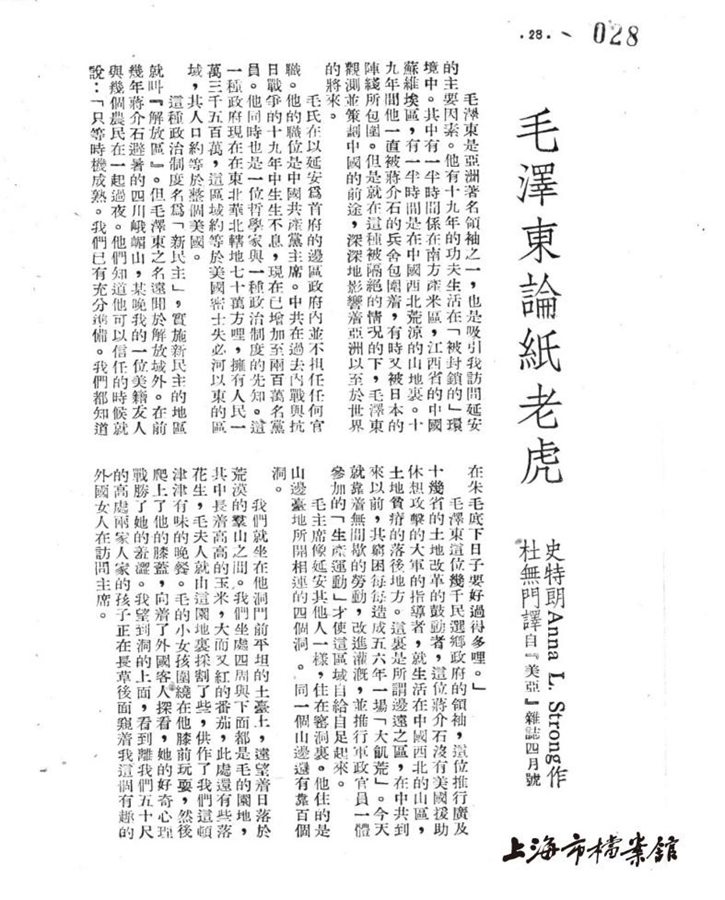
“Mao Zedong on Paper Tiger”, translated from Anna Louise Strong’s publication in the American journal Amerasia
"The atom bomb is a paper tiger." "All reactionaries are paper tigers." "From a long-term point of view, it is not the reactionaries but the people who are powerful." These remarks soon took off as rallying calls among the troops and civilians in the liberated areas. They boosted the confidence and resolve of the Chinese to fight on without fear, thus playing an instrumental role in winning the People's War of Liberation. In just three years, the KMT, a big paper tiger with eight million troops armed to the teeth with US gears, was torn apart; the "three great mountains" of feudalism, imperialism and bureaucrat-capitalism were toppled; and a great victory was won. History would go on to show that this famous assertion could stand many grave tests of nuclear blackmail. This unfailing truth has played a significant role in consolidating a new-born government, upholding world peace and promoting human development and progress.
In early 1947, Strong concluded her fifth visit to China and had to leave Yan'an. She later wrote in a letter that China was where she "wanted to stay forever".
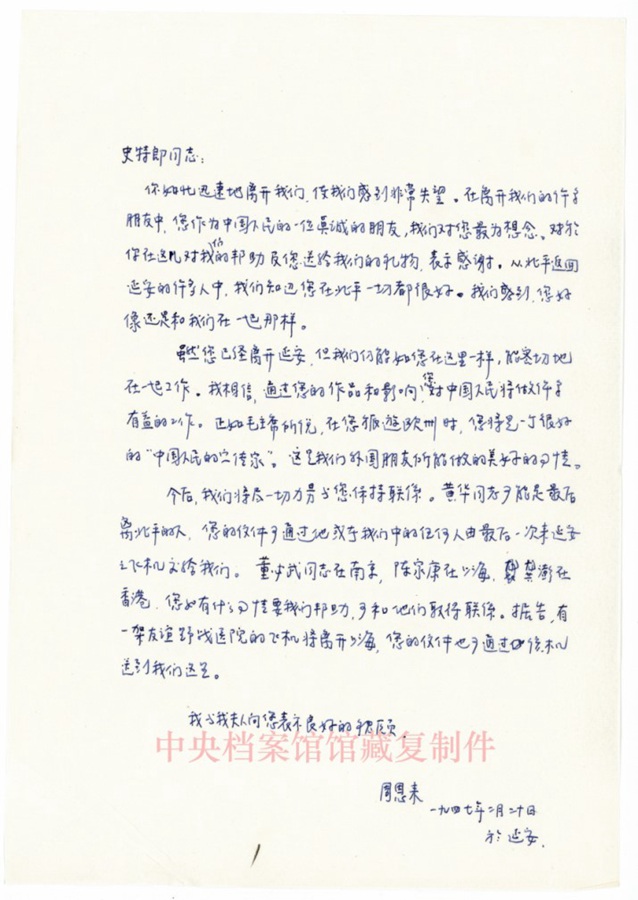
A letter from Zhou Enlai to Anna Louise Strong dated 20 February 1947, in which Zhou wrote, “Chairman Mao said that ... you will be a great 'publicist for the Chinese people'"
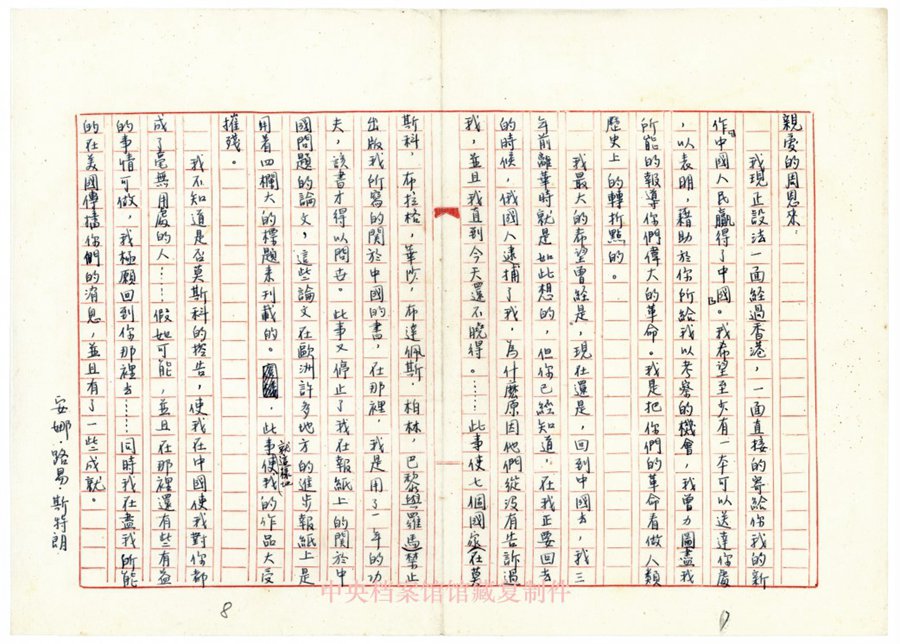
A letter from Anna Louise Strong to Zhou Enlai dated 9 November 1949
In 1958, Strong, then 73 years old, visited China for the sixth time. This time, she chose to stay and spend the rest of her life in China. On 30 March 1970, this American writer who loved China deeply passed away of illness in a country that she deemed as her "ideal resting place".
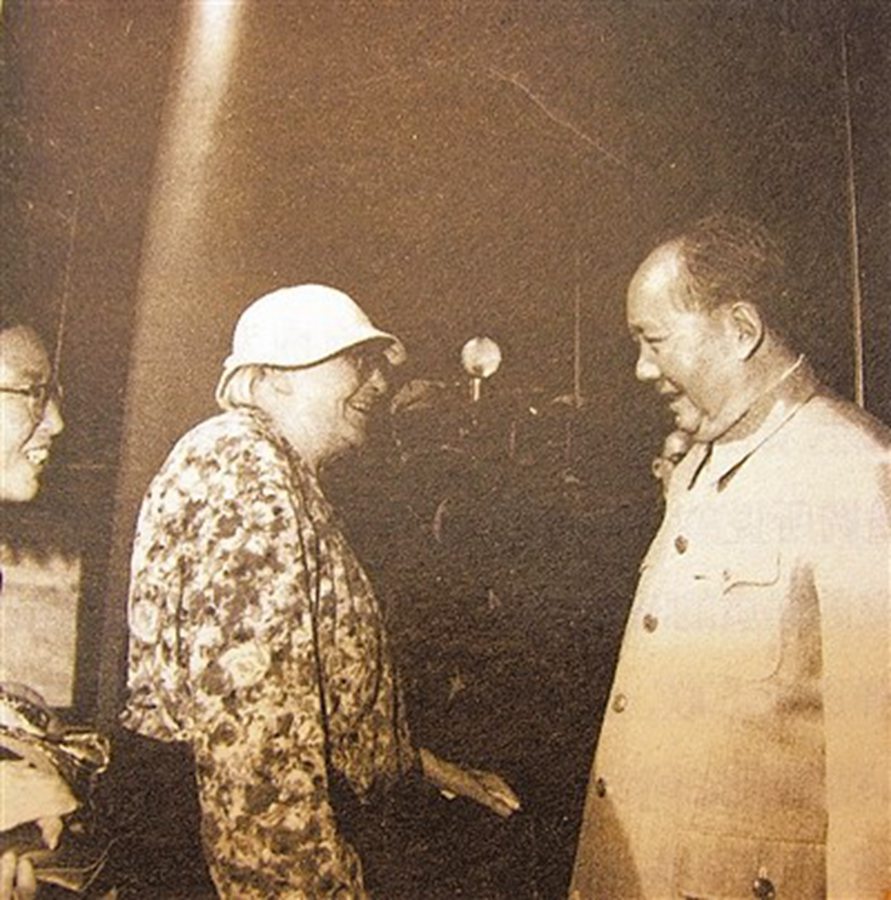
A cordial meeting between Mao Zedong and Anna Louise Strong on the Tian’anmen Gate Tower in 1965

Tombstone of Anna Louise Strong

Tel:86-10-65368972, 86-10-65369967